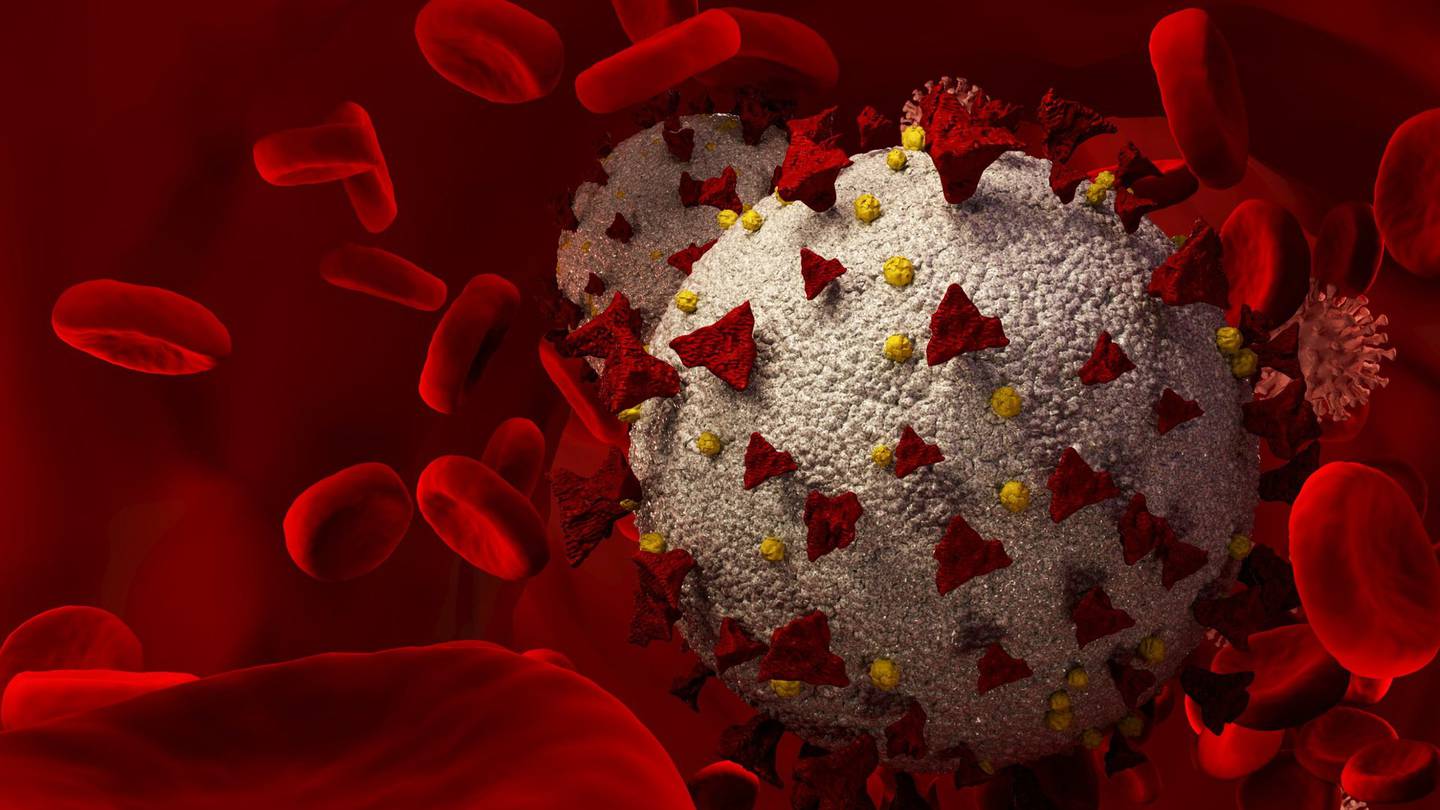New mutant coronavirus subvariant BA.2.86 has landed in New Zealand – but experts say there’s no sign yet the freshly-detected “Pirola” represents a pandemic game-changer.
The Omicron subvariant - whose 36 mutations set it well apart from its closest relative - has been gradually spreading around the world since it was first discovered in Denmark and Israel in late July.
Because of its striking differences from other circulating strains, Pirola was deemed a “variant under monitoring” by the World Health Organisation, amid initial worry its genetic machinery could help it to spread rapidly or make people sicker.
However, those concerns have since somewhat eased.
At this stage, there were no indications the variant was substantially more severe or infectious than others spreading locally, the Ministry of Health said in a statement.
Preliminary evidence also suggested the Covid-19 vaccines available in New Zealand remained effective against BA.2.86.
The strain was picked up in New Zealand by wastewater sampling regularly carried out by ESR, which also monitored variant trends through genomic sequencing of community and hospital Covid-19 case samples.
Given there was roughly a 95 per cent chance of detecting any variant circulating at two per cent frequency – and a 99.9 per cent chance of recording one that made up more than 5 per cent of cases – scientists figured it inevitable that Pirola would pop up in surveillance.
“It’s not surprising it’s been detected here, and it was always going to be a matter of time,” said Professor Michael Plank, of Covid-19 Modelling Aotearoa.
Like others, he saw no reason to think Pirola would cause a major splash in the way that past Omicron variants did during the dramatic national surges of last year.
“One of the things that made scientists keep an eye on this variant is the fact that it’s quite heavily mutated, compared with others that have been spreading recently,” Plank said.
“That prompted concerns that it could potentially have a big growth advantage – but as it turns out, it hasn’t been able to grow rapidly anywhere.
/cloudfront-ap-southeast-2.images.arcpublishing.com/nzme/2HIXIOBQNKCNDXCLIJK552XBMQ.jpg)
“To scientists, there’s still a bit of a puzzle with how it managed to pop up in totally different places.”
To cause a significant impact, he said, a variant needed to become the dominant type.
“It may do that eventually. But if it takes a long time, then that impact will be spread out over a longer period of time, which means it’ll be less likely to spark a significant wave.”
Plank said it’d been suggested that the variant had “traded off” some of its intrinsic infectiousness for some form of immune evasion.
“Maybe it’s become a bit slower to replicate - or it’s not as good at binding to the cells to infect them – as it’s sacrificed this ability to be able to evade the immunity people have to other variants,” he said.
“So, while it might have a bit of a niche, it can’t grow at a rapid rate at the moment.
“The thing to look out for is that it potentially picks up more mutations that allows it to recover that intrinsic infectiousness, while still maintaining its immune evasion ability.
“If so, we could see a descendant of BA.2.86 start to grow at a faster rate. That’s not happening at the moment but it’s something to keep an eye on.”
Otago University epidemiologist Professor Michael Baker echoed Plank’s points.
“The good news is that the BA.2.86 ‘variant under monitoring’ is not demonstrating a markedly greater ability to cause infections – which would be shown as a growth advantage,” he said.
“The main concern is that is shows how the Covid-19 virus is still capable of big evolutionary jumps, which is a further reminder that the pandemic remains unpredictable and is certainly not over.
“This new lineage represents an important new branch in the evolutionary tree of this virus that could continue to accumulate mutations that may make the virus more transmissible or harmful in the future.”
Pirola’s arrival comes as New Zealand’s Covid-19 case rates have been running at some of lowest levels seen since Omicron burst through our borders – and even the recent rollback of our last remaining protections has failed to trigger a resurgence in infections.
Besides a succession of small bumps this year - and a “mini-wave” in April - New Zealand hasn’t experienced a significant Covid-19 surge since last Christmas.
Since then, local transmission has been driven by a soup of circulating Omicron subvariants, notably a string of hybrid “recombinant” lineages classified as XBB and XBC.
Each of these strains has packed some immune-evasion advantage, but only enough to keep slight pressure on case numbers in what’s now a well-exposed, highly vaccinated population.
ESR’s latest surveillance report showed another Omicron offshoot that’s been pushing up case numbers around the world – EG.5 or “Eris” - now accounted for a third of locally-sequenced cases and was growing in proportion at a rate of four to six per cent each day.
But again, Plank saw no great cause for alarm.
“EG.5 has been in the country for a long time, and while it’s been growing steadily, it’s nothing like the speed that we saw with the BA.5 variant during the winter wave of last year,” he said.
“It’s really just the latest in a line of variants that might cause a bit of a ripple - but aren’t making a major wave.”
For the public, the ministry’s message remained the same as it’d always been.
“The detection of BA.2.86 is a good reminder that Covid-19 has not gone away so please continue to test if you’re symptomatic and stay home if you’re sick.”



